-
Dorsal Foam Twelve (DFT)

-
Wheel arch

-
Hydrobrum' 2L

-
GR 400 rotating nozzle

-
Laveur de châssis

HYDROCLEAN
Choose your cleaner l Choose my nozzle l Technical advices l Maintenance advices
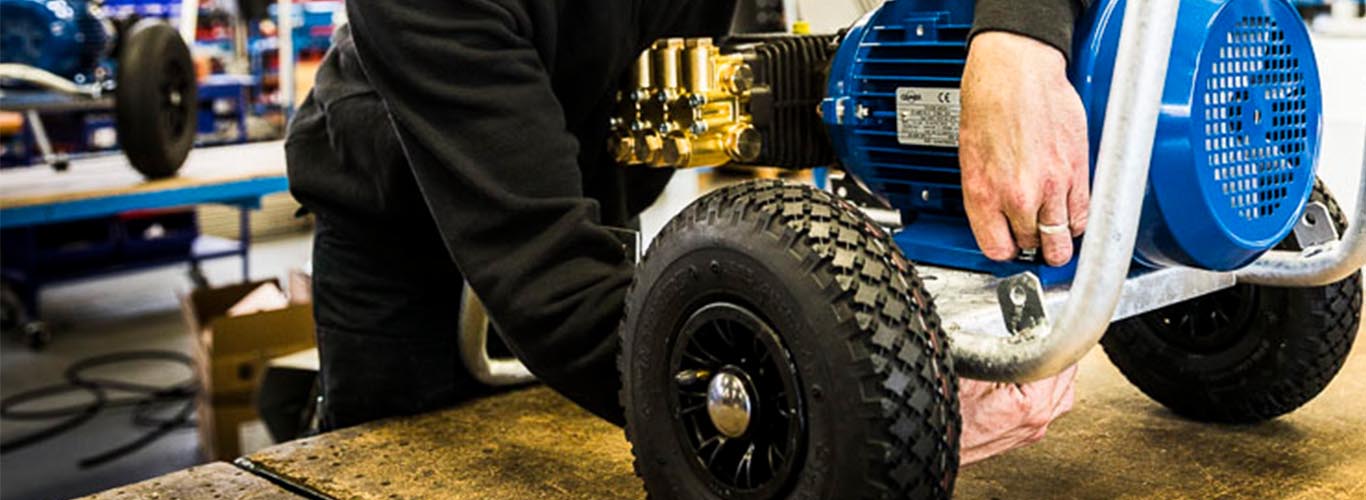
Maintenance advices
___________________________________________________________________________________________
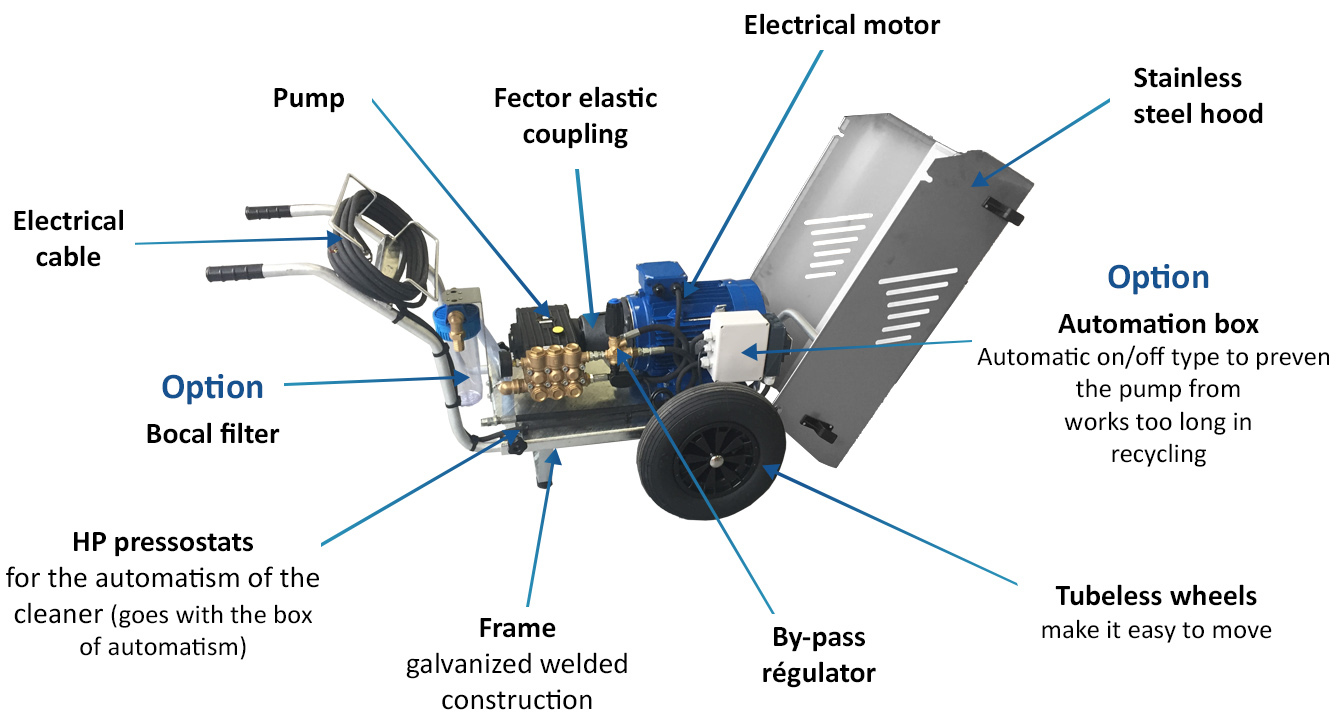
|
The maintenance of the cleaner is essential :
You will find more informations in the maintenance booklet delivered with your cleaner. Oil quality :
|
|
Warranty :1 year parts and labour under the condition of good use and regular maintenance (excluding wearing parts and washing accessories). |
___________________________________________________________________________________________
We hosted the magazine "Réussir Grandes Cultures" at Hydroclean to give them our advice on the maintenance of high pressure cleaners.
Discover their article below :
Maintenance of high pressure cleaners
High pressure cleaners, which are ubiquitous on farms, are tools in their own right. Like a tractor or combine, they require regular maintenance to ensure their longevity.The maintenance of a high pressure washer consists of two levels. The first consists of regular operations, such as cleaning the filters, draining the pump, etc. The second level of maintenance is more the responsibility of specialised technicians and requires specific tools, such as extractors to remove the cylinder head gaskets. We have contacted the repair workshop of the Breton company Hydroclean, which specialises in cleaners, to list the precautions to be taken and the interventions to be carried out to guarantee the longevity of your equipment. |
 |
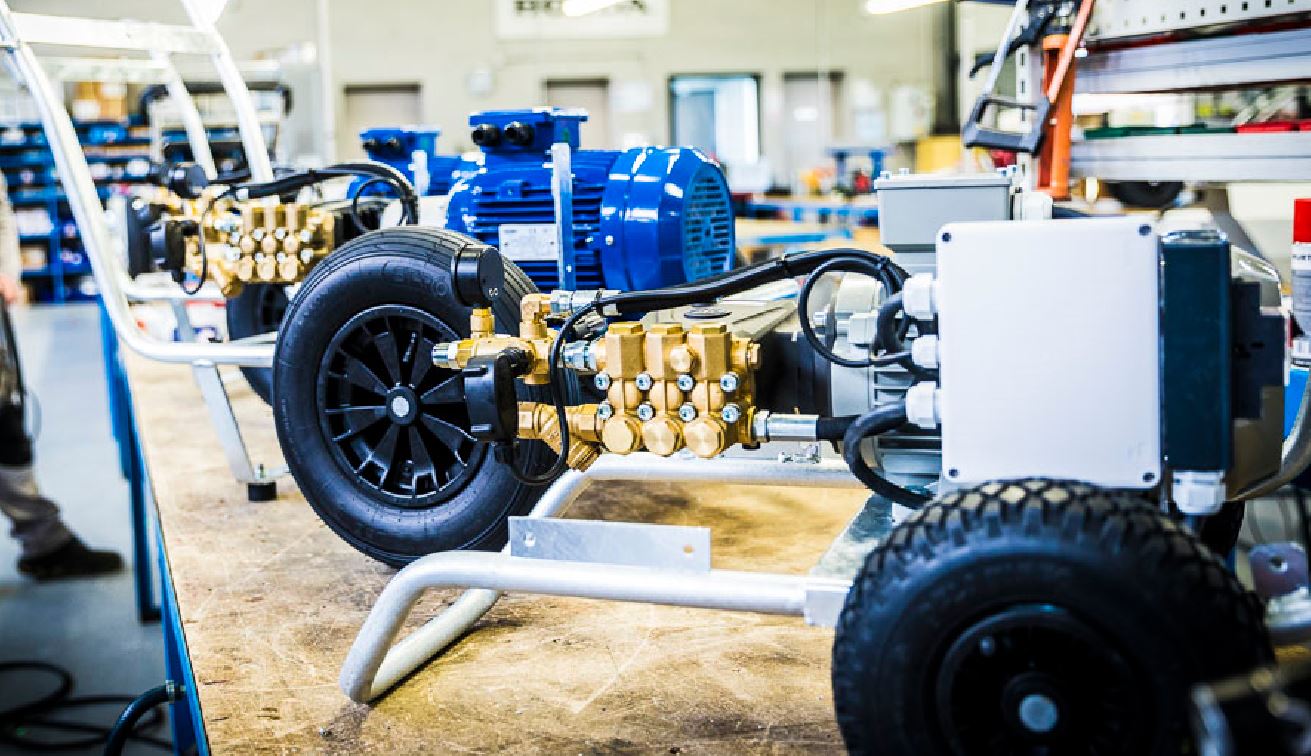 |
The quality of the power supply affects the life of the motor. If a reel is used, it must be of good cross-section and in good condition. It must also be unwound in its entirety, so that the cable does not rise in temperature, which could melt and create a short circuit that could burn out the electronic components or even the electric motor. |
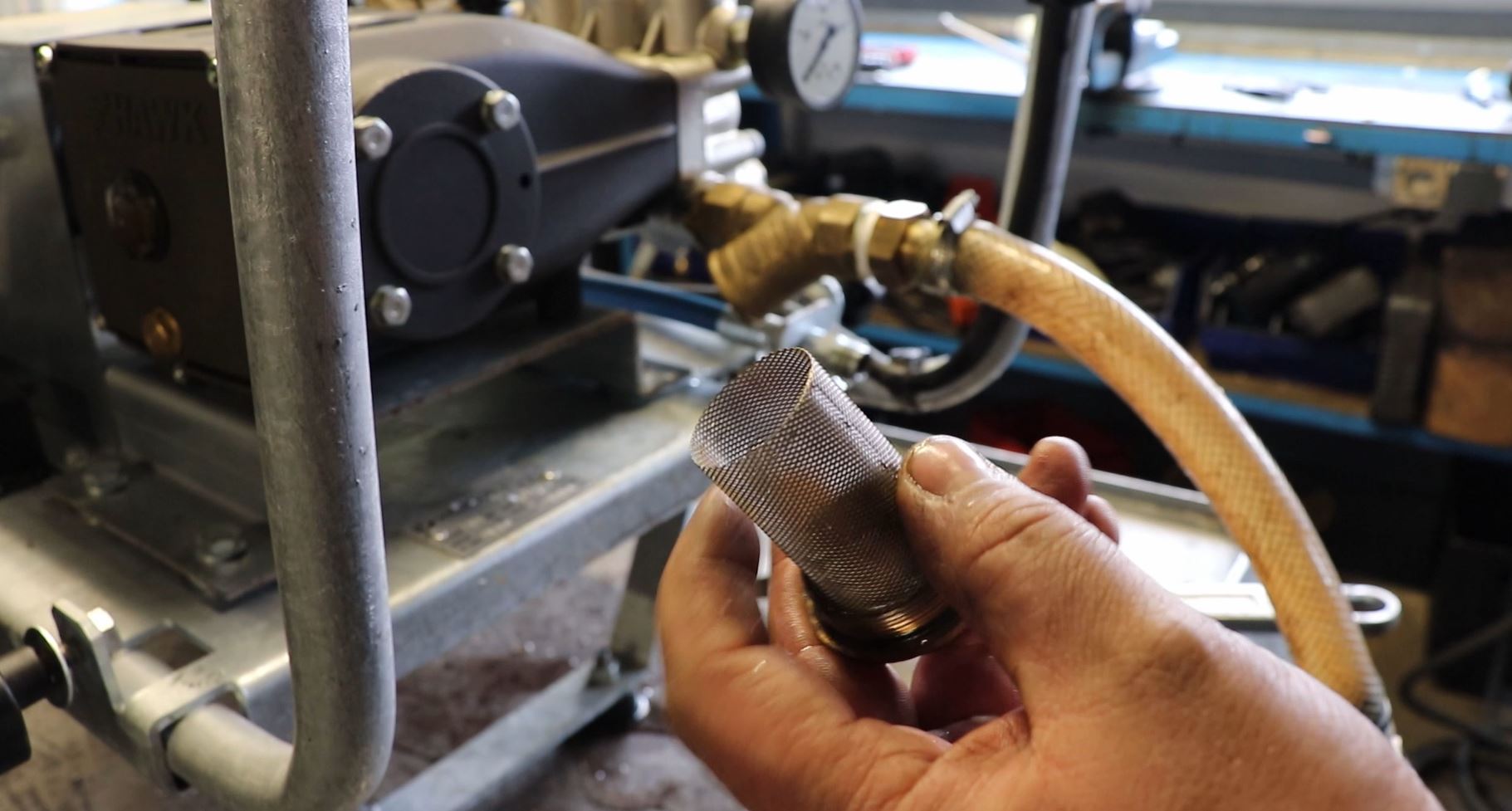 |
The longevity of a high-pressure washer depends on a good water supply. A clogged filter results in a sudden loss of pressure. Good condition and regular checks are essential. If the water flow is insufficient, the pump cavitates by sucking in air and degrades prematurely. Water hammer damages the suction and discharge valves. They also damage the piston seals. |
 |
The valves of a cleaner are comparable to the valves of an internal combustion engine. They control the intake and discharge of water under high pressure. If they are not perfectly sealed, the pump loses performance. Their replacement is recommended every 250 to 500 hours, depending on the model, or once a year. Their normal wear and tear results in a progressive loss of pressure over the months, because their spring tires and their cup is no longer perfectly sealed on its seat. These valves are sensitive to impurities and temperature rises. Their plastic body deforms above 55 °C. On appliances without automatic shut-off, it is important not to leave the washer motor running for more than two minutes without operating the lance, in order to avoid overheating. If, after replacing the valves, the scrubber still does not build up pressure, the problem may be due to a broken piston or worn seals. Replacement of these components is the responsibility of a qualified service technician. |
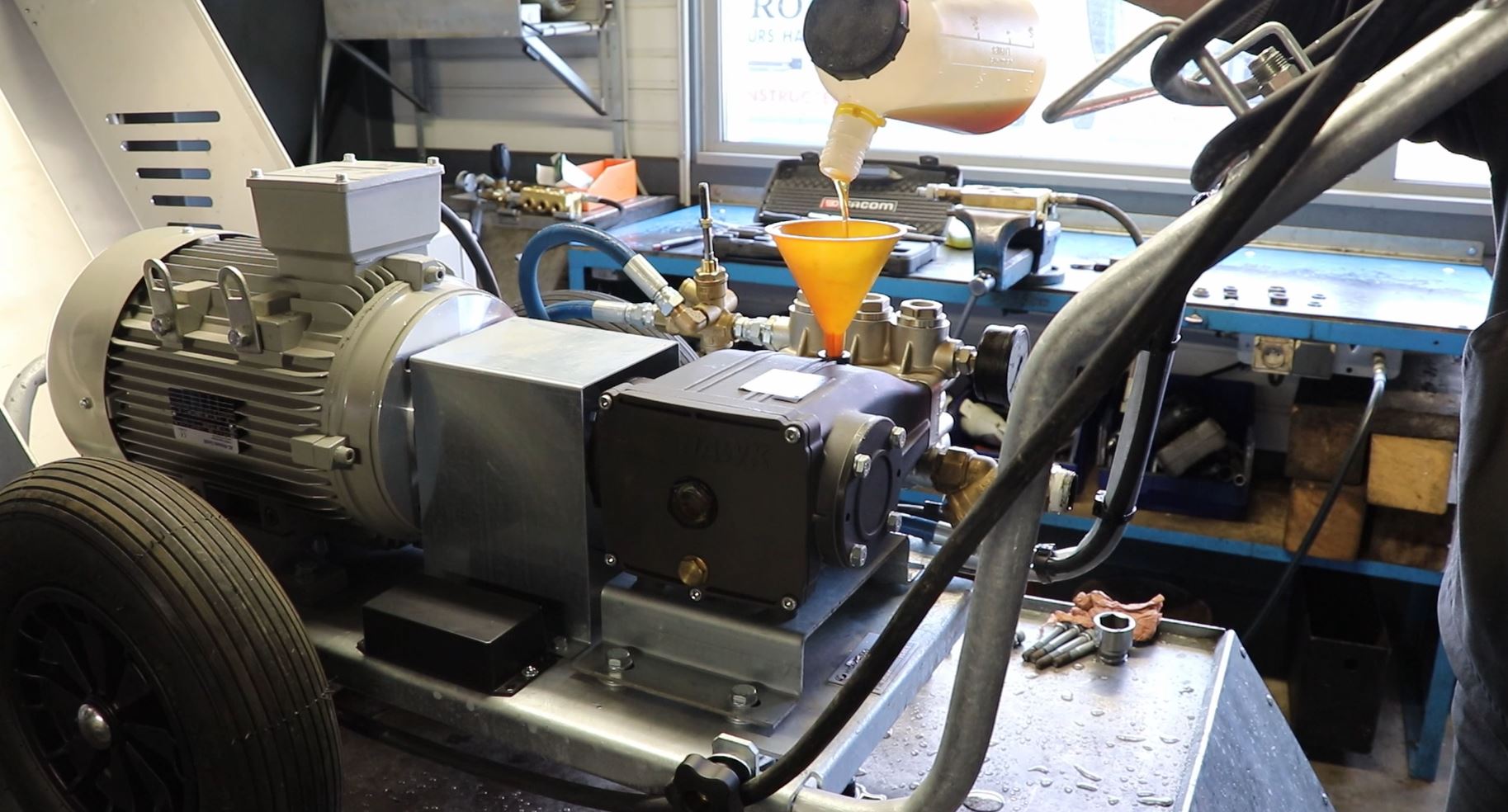 |
The high-pressure pump of professional cleaners has, like an internal combustion engine, a crankshaft and connecting rods. There are also models with axial pistons driven by a tilting plate, a principle similar to that of a hydraulic pump. These mobile assemblies are lubricated and cooled by an oil bath. A first oil change is required after 20 to 30 hours of use. It allows the removal of impurities resulting from the running-in process. This operation is inexpensive, as the oil used is generally 15W40, a common viscosity on farms. The pump casing should then be changed periodically, every 100 to 200 hours or at least once a year, depending on the manufacturer's recommendations. If the oil removed has a mayonnaise colour, the spinnaker seals ensuring the seal at the piston base are certainly damaged. In this case, it is mandatory to replace them, otherwise the pump will be destroyed. This intervention should be delegated to a specialised technician. |
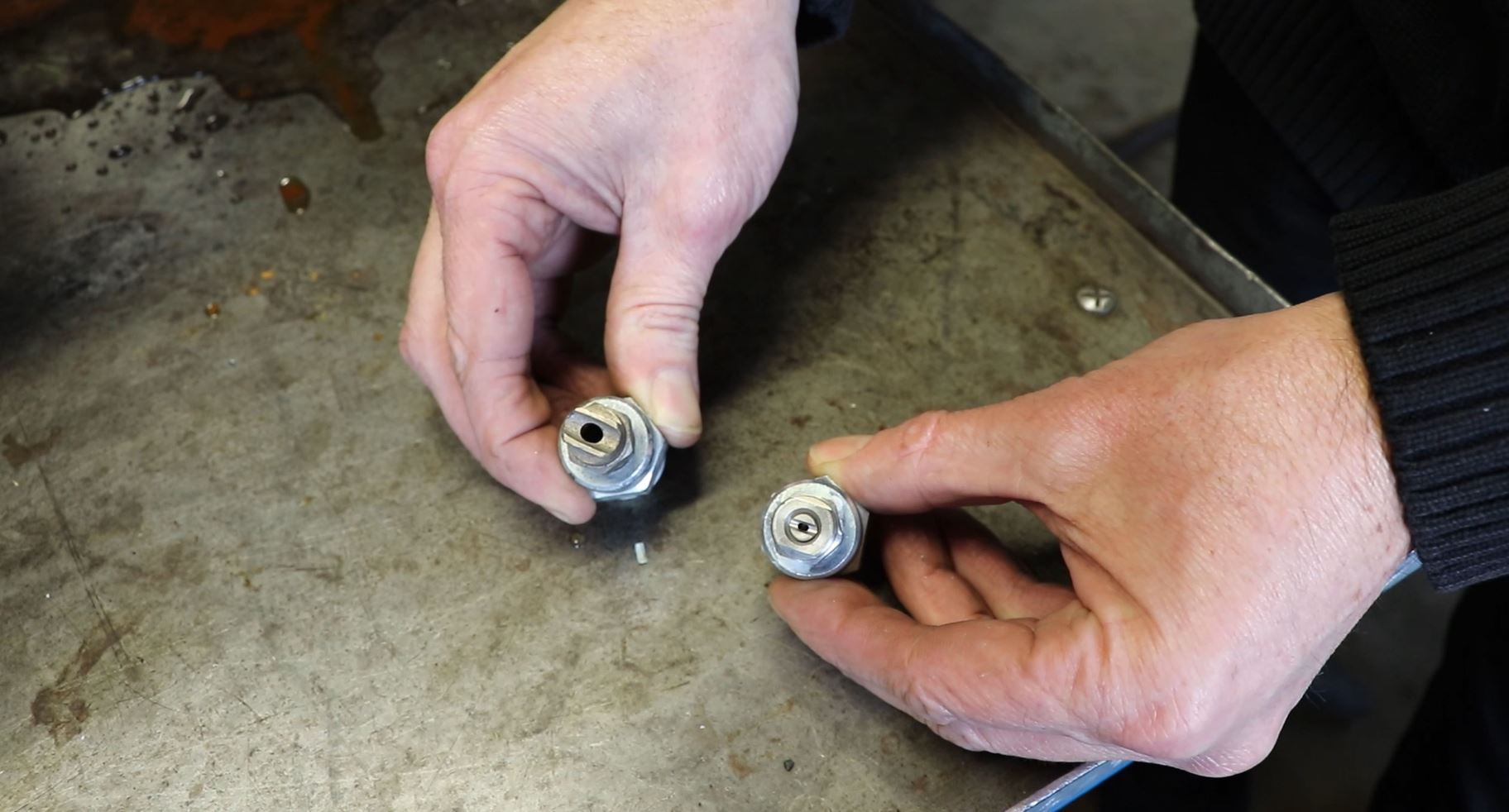 |
The nozzle at the end of the lance is a wearing part. Its size is determined by the water flow rate and the maximum working pressure of the cleaner. It is therefore important to use the correct model and not to swap the hoses of two machines with different performance. If the orifice is too large, the washer will not build up pressure. Conversely, a nozzle that is under-calibrated will not allow the full flow of water to pass through. In this case, the pump rises too much pressure and heats up abnormally, leading to the degradation of the valves and seals. The nozzle is particularly sensitive to clogging and must not be left on the ground, as it may be loaded with soil. You must also be careful with the high pressure hose and not allow any foreign matter to penetrate into it which could clog the gun or the nozzle, which are frequent causes of failure. |
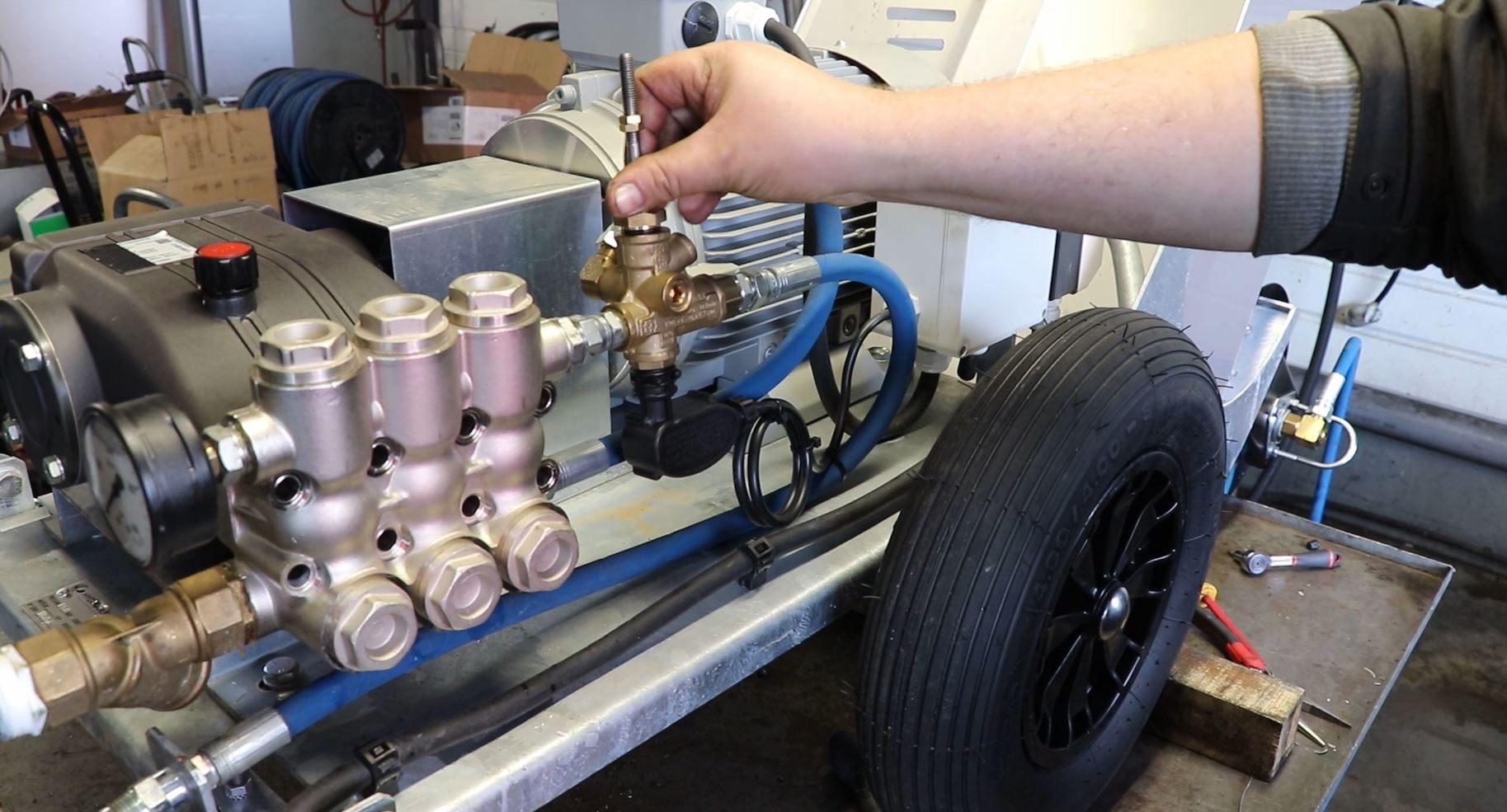 |
The factory-set bypass controls the operating pressure. This valve recirculates a precise amount of water to the pump when the lance is closed on units not equipped with automatic shut-off. Its setting must not be changed under any circumstances, as this could have serious consequences for the cleaner. Indeed, if the by-pass slows down the water flow too much, the pressure rises excessively in the pump, which heats up and degrades the seals. Worse, the valve plugs may give way and go off like a bullet, with the risk of serious injury to the operator. Furthermore, with a correctly set by-pass, it is important not to let the washer run for more than two minutes without operating the lance. Recirculating water rises in temperature and can reach 60°C. When the washing process is then restarted, the cold water entering the cylinder head creates a thermal shock, sometimes causing it to break or the pistons, which are often made of ceramic, to break. It is therefore important to opt for an appliance with an automatic start and stop device. |
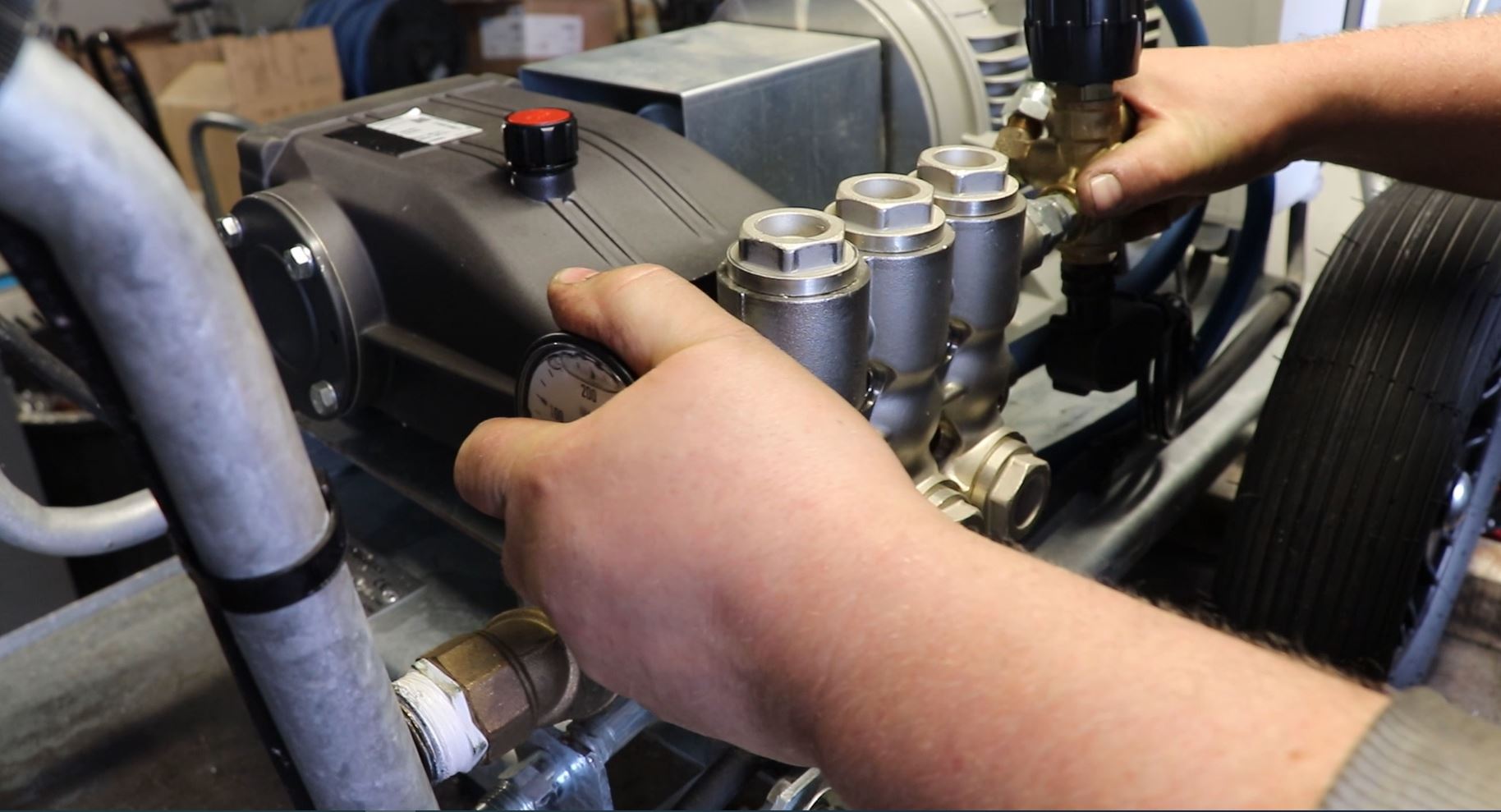 |
The pump cylinder head is sensitive to frost. To prevent breakage, it is important to purge the pressure washer after use. To do this, remove the water supply and the high pressure hose and run the cleaner for 3 to 4 seconds to purge it. This is not sufficient in case of severe frost, as there is always some water left in the cylinder head. The cylinder head can crack in temperatures below freezing. In this case it is essential to store the appliance in a temperate room. |
|
Avoid clogging hot water cleaners The hot water washers incorporate a small boiler running on domestic fuel oil (avoid GNR). They generally have a strainer and a filter to be checked periodically. At the end of the work, it is important to stop the production of hot water by setting the thermostat to zero a few moments before the cleaner is switched off. This ensures gradual cooling with cold water and extends the life of the coil. The hot water washer must also be installed in a room that evacuates the burnt gases to avoid recycling them and causing poor combustion. It is essential to purge the hot water scrubber during periods of frost to avoid bursting the coil. |









